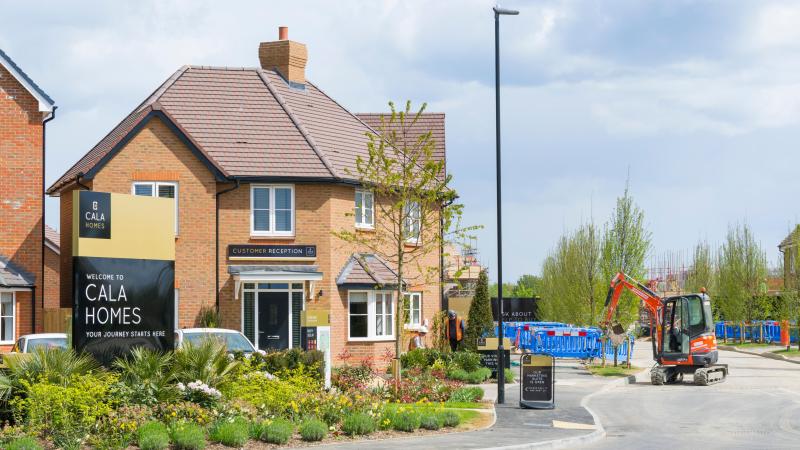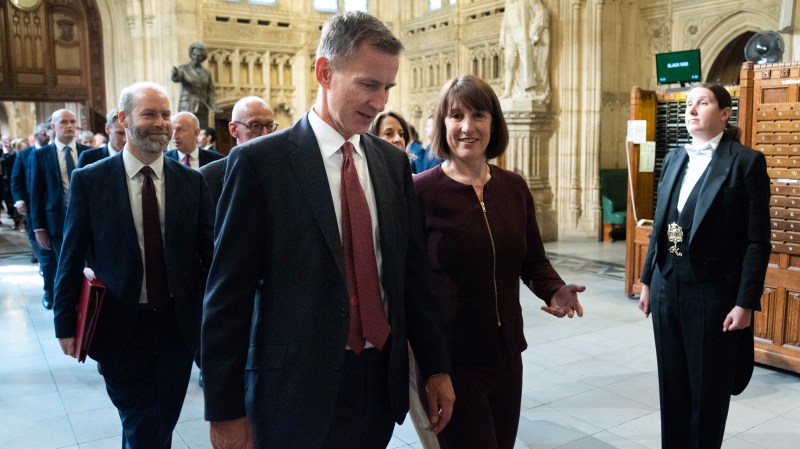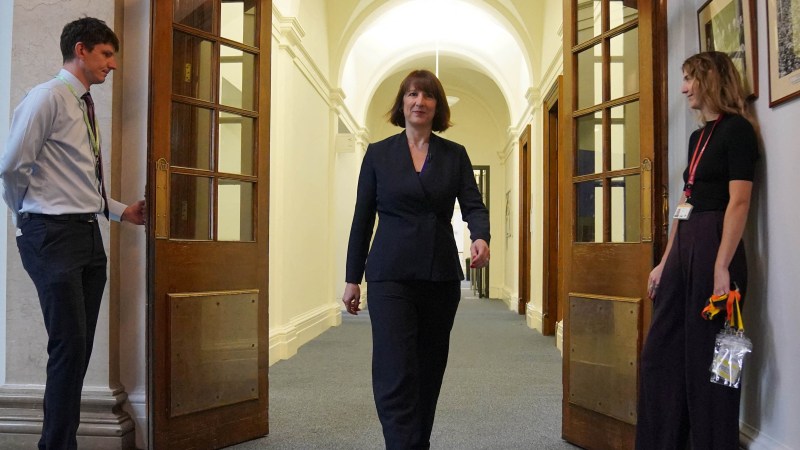Why is it taking so long to fix Britain’s cladding nightmare?
With its imposing art deco design, The Eagle development in Hackney, east London, was heralded as an “outstanding” 27-storey building that “has certainly benefited the whole community” by Jules Pipe, Sadiq Khan’s deputy mayor for planning and the fire service.
Yet the reality for those who call the development home could hardly be more different. Not only have they spent years worrying whether the building would withstand a Grenfell-style fire, many are now unable to move out as fire safety sign-offs have not been completed.
“My partner is pregnant and we are desperate to move but we are trapped in this building,” said Tim McCourt, who bought his flat in 2014, shortly before the development was completed. “We can’t sell it, we can’t rent it out — we can’t even remortgage to get a better deal.”
The Eagle, with its hundreds of flats, cinema, spa and selection of shops and cafés, is just one of thousands of high-rise buildings where leaseholders have been left in limbo as developers, owners and managing agents argue over whether they meet fire safety standards implemented in the wake of the Grenfell Tower tragedy.
Seven years since the fire, work is yet to begin on half of the 4,630 buildings in England identified as having dangerous cladding, Angela Rayner, the housing secretary and deputy prime minister, revealed earlier this month.
But this seems to understate the problem. Housing minister Rushanara Ali told the Commons last week that “as many as 7,000 buildings that need remediation have not yet applied for the cladding safety scheme”.
Based on the speed at which works are being completed, this means it could be another 25 years before all the remedial works are finished. So, why is it taking so long?
Perhaps unsurprisingly, the answer is multi-faceted. In the first instance, a desire to rectify the situation quickly is being undermined by a lack of fire safety inspectors employed by local authorities. “There’s a major bottleneck,” said the chairman of one large housebuilder. “It’s one of the biggest problems.”

Figures do seem to bear this out. In 1996-97, there were 1,724 fire safety officers in England and Wales, according to estimates by the Fire Brigades Union. Home Office figures reveal that this had fallen to 1,191 in England in 2023-24.
Matt Wrack, the Fire Brigades Union’s general secretary, said: “The loss of fire safety inspectors through cuts is one part of the building safety crisis. We need urgent funding for fire and rescue services to ensure that we have the inspectors needed to audit and enforce fire safety regulations on a huge scale.”
Addressing this, though, would not be enough, as many buildings have descended into a bureaucratic quagmire.
Housebuilders claim that this is because former housing secretary Michael Gove put the onus on them to foot the bill for remediating dangerous cladding and insulation. However well intentioned, this created a tension between developers and other interested parties, such as freeholders, managing agents and housing associations, because the definition of “safe” is highly subjective. “Judgments need to be made against government standards,” said one senior industry figure.
The word “judgment’ is open to interpretation, however. Two different experts may draw different conclusions on whether cavity-wall insulation or fire-door systems meet safety requirements — and their “judgments” may well be influenced by whoever is paying them.
Property owners — often big financial institutions such as pension funds — err on the side of fire safety because they are not picking up the tab for the remediation. Housebuilders, which are on the hook financially for the works, usually take the opposite approach. Their advisers often refer to cladding or insulation as being “within tolerable safety limits”, as a way to avoid paying for remediation.
Then, once lawyers for both sides get involved, the process regularly goes from glacial to near-stationary. The chairman of one unlisted developer cited his exasperation at one of his big developments being in such a logjam. “The building is safe,” he said, “but the freeholder wants a completely new building.”
Even once all parties have reached agreement on what work needs to be done, delays abound. In the wake of Grenfell, the regulation of qualified remediation companies has been toughened up — leading to shortages.

Andrew Parker, a partner at law firm Forsters, said that while it was sensible in the long term to regulate engineers, designers and contractors more heavily, “in the short term, [these measures] make the pool of people available to work on higher-risk buildings even smaller.
“Contractors, in particular, might remove themselves from the business of working on higher-risk buildings, considering the risk to their business to be too great while there is uncertainty as to the standards that need to be met,” he said.
Taylor Wimpey, the FTSE 100 housebuilder, said: “There is a shortage of qualified consultants and contractors. As a result, some of these works are taking longer than they should do.”
FTSE 250 housebuilder Bellway added: “Delivering these works is often lengthy and complex, dependent on certain factors outside our control, such as securing legal access to buildings we no longer own and obtaining the necessary planning permissions.”
Such excuses are scant compensation for McCourt and the other residents of The Eagle. Some are losing huge sums of money. One leaseholder explained that they were paying £21,000 a year for a property they had to leave vacant after moving to South Korea for work.
The building was developed by London firm Mount Anvil in partnership with Peabody, the housing association. It is owned by Strathclyde Pension Fund, which has more than 283,000 members, 159 employers and £27 billion of investments.
Killian Hurley, chairman of Mount Anvil said that the company was waiting for the freeholder to issue it with an external wall assessment certificate to identify any works that may be required so that residents can remortgage or sell their homes.
“We are expecting this shortly,” he added. “We know how hugely frustrating this delay is, and how complex this is, given Eagle is a development with multiple developers and contractors involved.”
A spokesman for Strathclyde Pension Fund said that it initially sought to address issues with the property with the developer, but was unsuccessful.
They added: “This is a complex situation that begins with the initial construction of the building. We understand and share the frustration of residents and have asked our investment manager to continue to do everything it can to resolve the matter both safely and as quickly as possible.”
Peabody did not comment.
Giles Grover of the End Our Cladding Scandal campaign said the government had created a bureaucratic beast that was making matters worse. “There are five or six funding schemes and various self-interested parties involved — whether freeholders, housing associations, developers or contractors, alongside all their lawyers as well as the government,” he said.
“There’s no grip and everyone is focused on covering their arses, so the buck just keeps getting passed around.”






